Houston’s Retail Is All About Balance, Says Researcher Specialist
Partners Real Estate’s Steve Triolet on what's next for both investors and occupiers.

Houston’s retail market is showing remarkable stability midway through 2025, despite some signs of cooling off. According to Partners Real Estate’s first quarter report, the slowdown in new construction deliveries, coupled with sustained demand— particularly in rapidly growing suburban areas—has kept the market in balance.
Although leasing activity dipped both quarter-over-quarter and year-over-year, experts anticipate that vacancy rates will remain steady throughout the coming months.
We asked Partners’ Senior Vice President of Research and Market Forecasting Steve Triolet to delve into the retail trends shaping Space City’s commercial real estate market, the impact of shrinking construction pipelines and the evolving preferences of tenants and investors. The locally based firm has more than 300 professionals and 65 partners across the Sun Belt region and a transaction portfolio totaling $2 billion.
WATCH VIDEO: Let’s Talk About Retail Trends
The retail vacancy rate has remained stable in the first three months of the year, only slightly below the five-year average. Do you foresee any major changes in the coming quarters amid the leasing slowdown?
Triolet: The Houston retail market’s vacancy rate, reported at 5.4 percent in Q1 of 2025—slightly up from 5.3 percent in Q4 of 2024—is expected to remain stable in the near term. Supply and demand are in balance, with construction deliveries declining, down 29 percent quarterly and 53 percent annually, and net absorption remaining positive at 155,610 square feet.
The slowdown in leasing activity—down 16.1 percent quarterly and 30.8 percent annually—is notable but not severe enough to disrupt this balance, as demand continues to fill new space, particularly in growing suburban areas like The Woodlands, Conroe and Sugar Land, where population growth drives retail demand. Barring unexpected economic shocks, significant shifts in vacancy rates are unlikely over the next few quarters, with rates projected to hover near the five-year historical average of around 5.3–5.4 percent.
What’s causing the dip in leasing activity?
Triolet: The dip in leasing activity, reported at 1.8 million square feet in Q1 2025, is likely driven by several factors such as the uneven job growth, with sectors like professional and business services contracting 0.4 percent annually and education/health services declining 0.2 percent. This may lead to cautious expansion plans among some retailers, reducing leasing activity.
(With) reduced construction deliveries—completions dropped to 586,813 square feet—there is less new space available for leasing, limiting opportunities for large-scale lease signings.
While fitness and grocery tenants remain active, other retail segments may be pausing expansion due to sufficient existing footprints or uncertainty about consumer spending trends. Q1 often sees slower leasing activity post-holiday season, as retailers assess performance and plan for the year ahead. Despite the decline, leasing remains healthy overall, particularly in suburban submarkets driven by population growth.
With the construction pipeline trending downward, to what extent do you expect vacancy rates to change through 2025? How might this impact tenants and landlords?
Triolet: The construction pipeline has decreased to 3.7 million square feet, down 19 percent from 4.6 million square feet a year ago. This reduction in new supply, combined with steady demand—1.8 million square feet of annual net—suggests that vacancy rates will likely remain steady or slightly decrease through 2025. The supply and demand dynamics are ‘in lockstep,’ and with less new space entering the market, available retail space may tighten slightly.
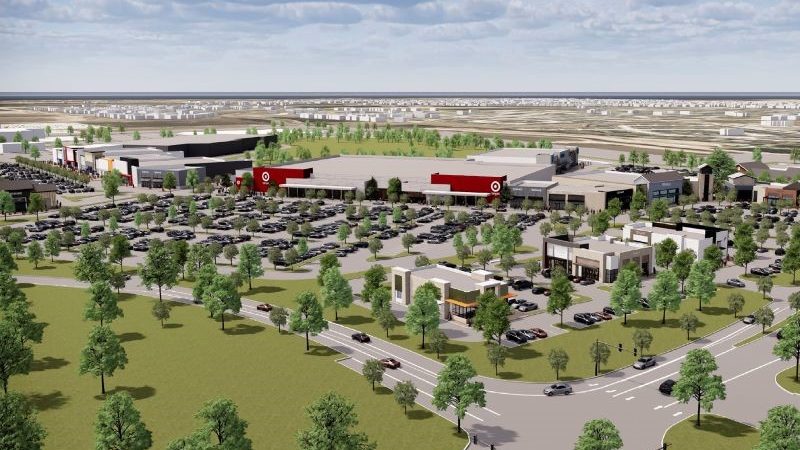
This might impact tenants, especially in sought-after suburban submarkets. (They) may face increased competition for prime retail spaces, particularly for larger footprints suited for grocery or fitness concepts. Average asking rents rose to $20.87 per square foot, up 0.7 percent year-over-year. With reduced supply, tenants may encounter upward pressure on rents, especially in high-demand areas like the Inner Loop or growing suburbs.
As for landlords, lower vacancy rates and reduced new supply will give them greater leverage to maintain or increase asking rents, particularly in high-traffic suburban centers. Landlords may prioritize tenants with strong credit profiles … to ensure long-term stability.
Are there specific types of tenants that are particularly resilient in the current economic environment? Which ones are driving demand for retail space in the Houston market?
Triolet: Grocery stores and fitness concepts are particularly resilient and are driving demand in the Houston retail market. Notable move-ins and lease signings include H-E-B—128,000 square feet in Bridgeland, 117,000 square feet in Atascocita—and Sprouts Farmers Market—25,000 square feet in Main Street Kingwood—reflecting strong demand for grocery-anchored retail centers, which draw consistent foot traffic and support surrounding businesses.
EOS Fitness leased 43,000 square feet in Willowbrook Pavilion, Elite Pickleball Club signed for 40,000 square feet at Bay Pointe Shopping Center, while Jumping World leased 31,500 square feet at Mount Houston Square, indicating robust growth in fitness and experiential retail. These tenants cater to consumer demand for health, wellness and entertainment, which remain resilient even in uneven economic conditions. Beauty Empire’s 35,400-square-foot lease at 9520 Jones Road suggests that specialty retail targeting specific consumer needs is also performing well.
READ ALSO: What’s Driving Demand for Small-Format Neighborhood Stores?
How do you expect the construction pipeline contraction to impact the market in the long term?
Triolet: The reduction in the construction pipeline will have significant long-term impact on the Houston retail market. Tenants seeking large retail spaces may face challenges finding suitable locations, particularly in high-growth suburban areas, where demand is strong.
With less new supply, competition for existing and new spaces will likely drive up leasing costs. The report notes that average asking rents are already near record highs at $20.87 per square foot. Tenants may need to budget for higher rents or consider secondary locations. With fewer new developments, retailers may increasingly target renovated or redeveloped properties, such as Main Street Kingwood, where Sprouts Farmers Market signed a lease.
A shrinking construction pipeline, combined with steady demand, will keep vacancy rates low, supporting market stability and landlord confidence. The ‘retail follows rooftops’ trend will concentrate development in high-growth suburbs, with projects like The Marvel Town Center and Jordan Crossing driving activity.
Reduced new construction may spur investment in redeveloping older retail centers to meet modern tenant needs, particularly for experiential and essential retail.
So, will retail space become more expensive?
Triolet: Yes, retail space is likely to become more expensive in the near future. A 1–2 percent annual increase in asking rents is expected, driven by low availability and reduced new supply. High-demand submarkets like the Inner Loop—$29.74 per square foot—and growing suburbs such as the Southwest at $21.44 per square foot, will see the strongest rent growth.
Where will investors and retailers want to be?
Triolet: The most sought-after areas will likely be the growing suburban submarkets … Key areas include The Woodlands, as it benefits from affluent residents and strong population growth … (and) Conroe …
Sugar Land’s low vacancy and high demand make it a prime target for retailers and investors seeking stable, high-traffic locations. South Houston/Pearland is seeing significant development, driven by population expansion and proximity to Houston’s urban core. …
Submarkets like Southwest and South have below-average vacancy rates, signaling strong demand and limited available space. Investors are drawn to these areas for their stable cap rates—6.9 percent market average—and potential for rent growth, especially in grocery-anchored centers with long-term leases.
READ ALSO: Retail’s Resilience Draws Private Capital Back
Are there any other trends in the Houston retail market that investors and occupiers should keep an eye on going forward?
Triolet: The ongoing population growth in the suburbs will continue to drive retail demand, particularly for grocery-anchored centers and experiential tenants. Investors and occupiers should prioritize these high-growth areas. …
With new construction declining, investors and occupiers should watch for opportunities to redevelop older retail centers to accommodate modern tenants, as seen with Sprouts Farmers Market in Main Street Kingwood. Retailers are increasingly blending online and in-store experiences, particularly in grocery, which may drive demand for spaces with pick-up/delivery infrastructure. Despite uneven job growth, sectors like oil and gas and financial activities provide economic stability, supporting retail spending in Houston.
Are you expecting a bounce-back in leasing activity or construction anytime soon? Or should all players prepare for a longer period of slower growth?
Triolet: A significant bounce-back in leasing activity is unlikely in the immediate term due to cautious economic sentiment and reduced new supply. However, steady demand from resilient sectors should maintain leasing at healthy levels, particularly in suburban submarkets. Annual leasing is expected to stabilize rather than surge.
The construction pipeline is unlikely to rebound significantly in 2025, given the annual decline to 3.7 million square feet. Developers may focus on smaller, high-quality projects in growing suburbs, rather than large-scale developments.
Investors and occupiers should prepare for a period of slower but stable growth. The market’s balance and rent growth suggest resilience, but economic uncertainties and reduced construction will temper aggressive expansion.

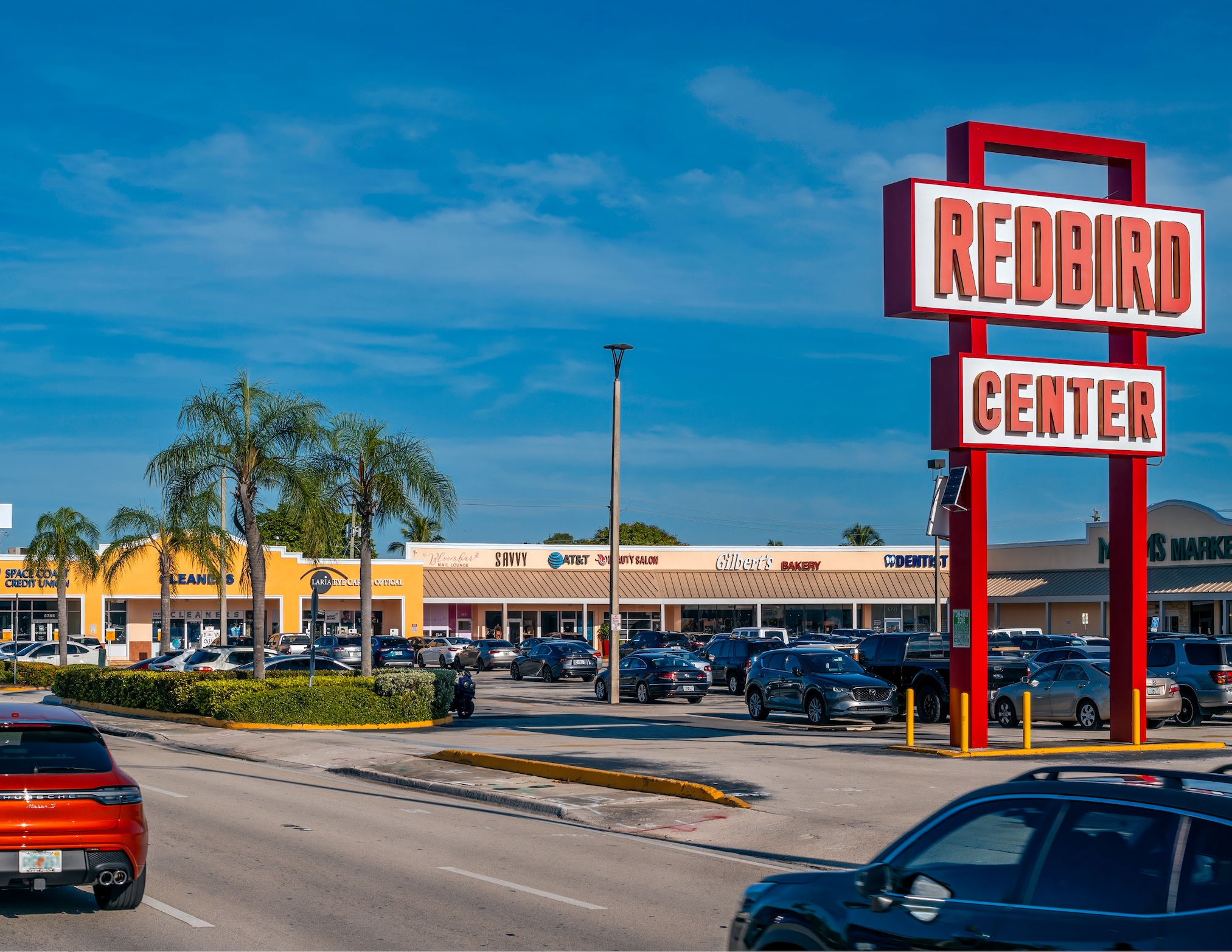
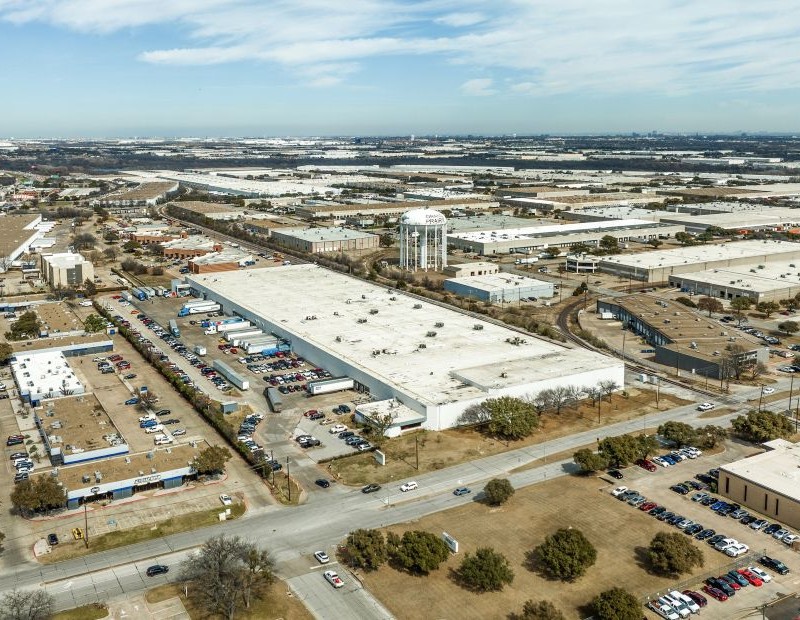
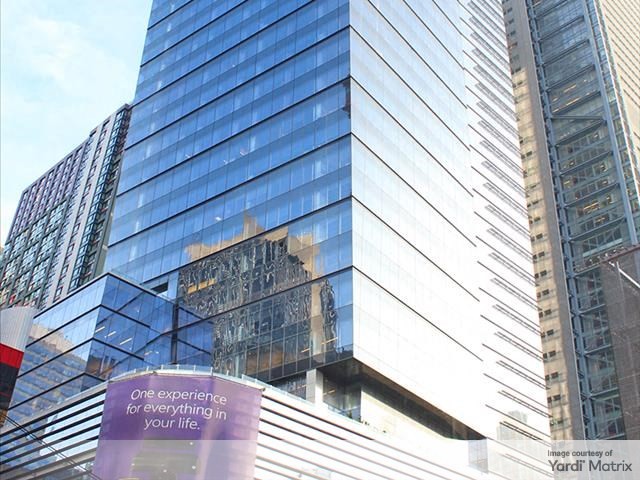
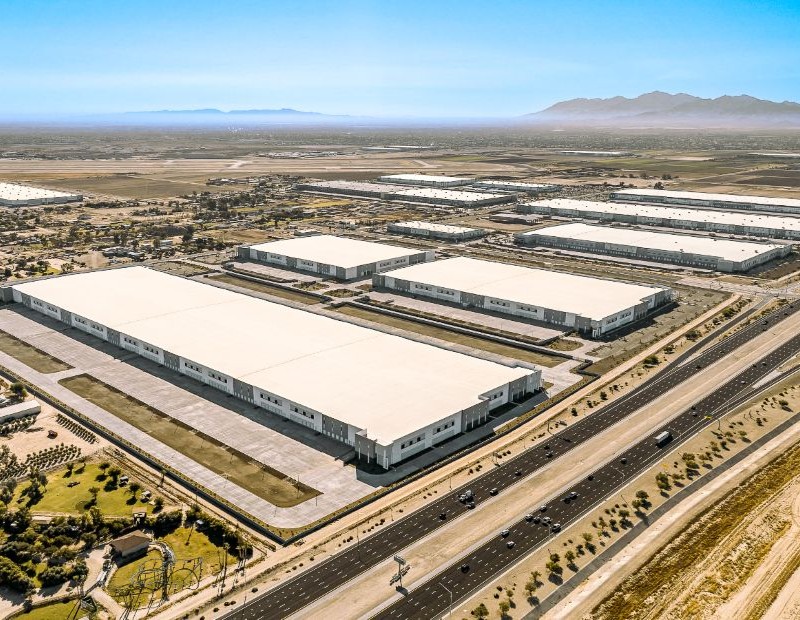
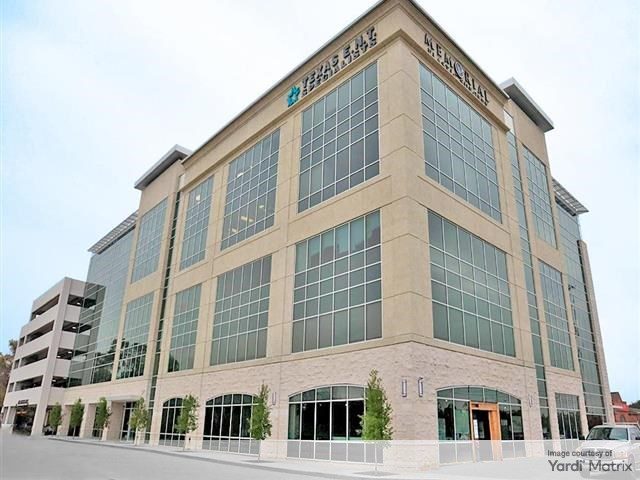
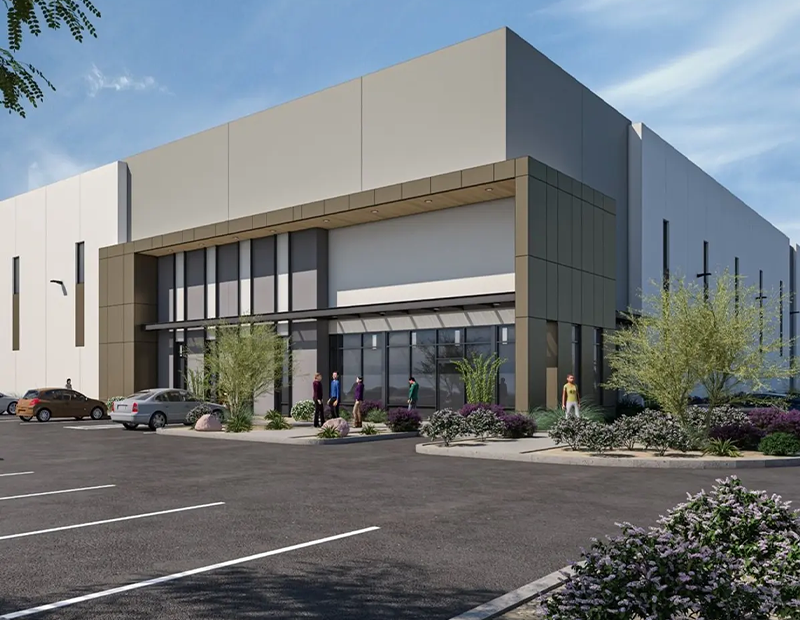
You must be logged in to post a comment.